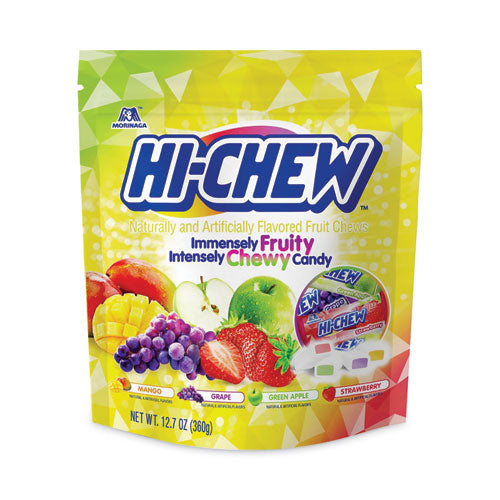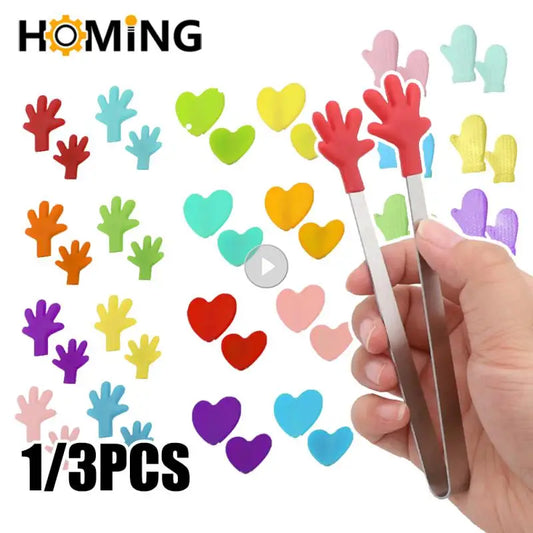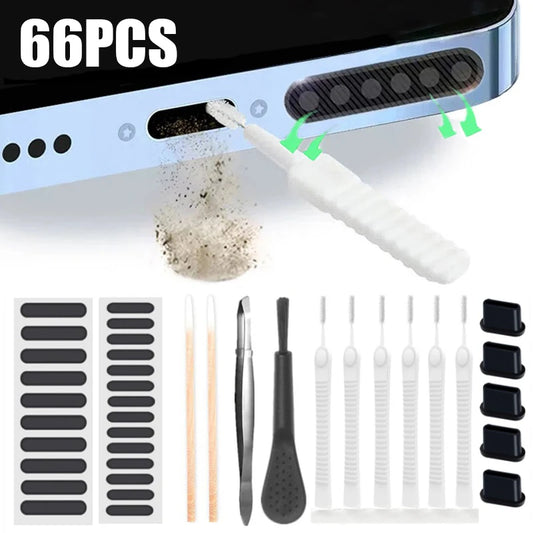Dutch Hamburg Parsley Root Sugar Heirloom Herbs Vegetable Non GMO - 2000 Seeds





Dutch Hamburg Parsley Root Sugar Heirloom Herbs Vegetable Non GMO - 2000 Seeds
Sold by South Mountain Nursery
$17.77
Package includes about 2000 seeds
Season of Interest: Spring, Summer, Autumn
USDA Hardiness Zone: 5 (-20 to -10 F), 6 (-10 to 0 F), 7 (0 to 10 F), 8 (10 to 20 F), 9 (20 to 30 F), 10 (30 to 40 F)
Species: Petroselinum crispum; Germanation: 90-95%
Parsley root (Petroselinum crispum), also known as Dutch parsley, Hamburg parsley and rooted parsley, shouldnt be confused with the related leaf parsley. If you plant curly or Italian flat leaf parsley expecting a big edible root, you will be disappointed. If you plant parsley root, however, youll get a big parsnip-like root, as well as greens, that can be harvested and regrown throughout the summer.
Instructions on how to grow Parsley:
Grow plants in full sun to partial shade.
Before planting, work the soil to a foot deep, removing rocks, sticks and debris. If the soil is hard, add ample amounts of loam, compost, or peat moss. This will allow the roots to grow down into the soil, unimpeded.
Soil should be rich, and well drained.
Keep soil moist, not wet. Dry soils will cause the roots to fork and split.
Add a general purpose fertilizer once a month during the growing season.
Thin plants to 6 inches apart.
Keep plants well weeded, especially while they are young.
Begin to use roots when they are 5-6 inches long.
The leaves can be harvested and used the same way as regular parsley (the herb).
Roots can be stored in the ground, or in a cool/cold shed, often into early winter i most areas.
Season of Interest: Spring, Summer, Autumn
USDA Hardiness Zone: 5 (-20 to -10 F), 6 (-10 to 0 F), 7 (0 to 10 F), 8 (10 to 20 F), 9 (20 to 30 F), 10 (30 to 40 F)
Species: Petroselinum crispum; Germanation: 90-95%
Parsley root (Petroselinum crispum), also known as Dutch parsley, Hamburg parsley and rooted parsley, shouldnt be confused with the related leaf parsley. If you plant curly or Italian flat leaf parsley expecting a big edible root, you will be disappointed. If you plant parsley root, however, youll get a big parsnip-like root, as well as greens, that can be harvested and regrown throughout the summer.
Instructions on how to grow Parsley:
Grow plants in full sun to partial shade.
Before planting, work the soil to a foot deep, removing rocks, sticks and debris. If the soil is hard, add ample amounts of loam, compost, or peat moss. This will allow the roots to grow down into the soil, unimpeded.
Soil should be rich, and well drained.
Keep soil moist, not wet. Dry soils will cause the roots to fork and split.
Add a general purpose fertilizer once a month during the growing season.
Thin plants to 6 inches apart.
Keep plants well weeded, especially while they are young.
Begin to use roots when they are 5-6 inches long.
The leaves can be harvested and used the same way as regular parsley (the herb).
Roots can be stored in the ground, or in a cool/cold shed, often into early winter i most areas.
Package includes about 2000 seeds
Season of Interest: Spring, Summer, Autumn
USDA Hardiness Zone: 5 (-20 to -10 F), 6 (-10 to 0 F), 7 (0 to 10 F), 8 (10 to 20 F), 9 (20 to 30 F), 10 (30 to 40 F)
Species: Petroselinum crispum; Germanation: 90-95%
Parsley root (Petroselinum crispum), also known as Dutch parsley, Hamburg parsley and rooted parsley, shouldnt be confused with the related leaf parsley. If you plant curly or Italian flat leaf parsley expecting a big edible root, you will be disappointed. If you plant parsley root, however, youll get a big parsnip-like root, as well as greens, that can be harvested and regrown throughout the summer.
Instructions on how to grow Parsley:
Grow plants in full sun to partial shade.
Before planting, work the soil to a foot deep, removing rocks, sticks and debris. If the soil is hard, add ample amounts of loam, compost, or peat moss. This will allow the roots to grow down into the soil, unimpeded.
Soil should be rich, and well drained.
Keep soil moist, not wet. Dry soils will cause the roots to fork and split.
Add a general purpose fertilizer once a month during the growing season.
Thin plants to 6 inches apart.
Keep plants well weeded, especially while they are young.
Begin to use roots when they are 5-6 inches long.
The leaves can be harvested and used the same way as regular parsley (the herb).
Roots can be stored in the ground, or in a cool/cold shed, often into early winter i most areas.
Season of Interest: Spring, Summer, Autumn
USDA Hardiness Zone: 5 (-20 to -10 F), 6 (-10 to 0 F), 7 (0 to 10 F), 8 (10 to 20 F), 9 (20 to 30 F), 10 (30 to 40 F)
Species: Petroselinum crispum; Germanation: 90-95%
Parsley root (Petroselinum crispum), also known as Dutch parsley, Hamburg parsley and rooted parsley, shouldnt be confused with the related leaf parsley. If you plant curly or Italian flat leaf parsley expecting a big edible root, you will be disappointed. If you plant parsley root, however, youll get a big parsnip-like root, as well as greens, that can be harvested and regrown throughout the summer.
Instructions on how to grow Parsley:
Grow plants in full sun to partial shade.
Before planting, work the soil to a foot deep, removing rocks, sticks and debris. If the soil is hard, add ample amounts of loam, compost, or peat moss. This will allow the roots to grow down into the soil, unimpeded.
Soil should be rich, and well drained.
Keep soil moist, not wet. Dry soils will cause the roots to fork and split.
Add a general purpose fertilizer once a month during the growing season.
Thin plants to 6 inches apart.
Keep plants well weeded, especially while they are young.
Begin to use roots when they are 5-6 inches long.
The leaves can be harvested and used the same way as regular parsley (the herb).
Roots can be stored in the ground, or in a cool/cold shed, often into early winter i most areas.




Vendor
South Mountain Nursery
Shop More
Shipping Carriers
- UPS
- FedEx
- USPS
- DHL
Estimated Delivery
3-7 business days

























